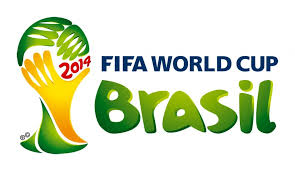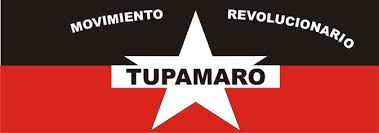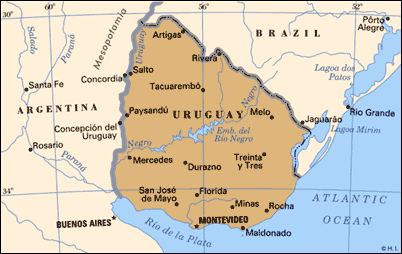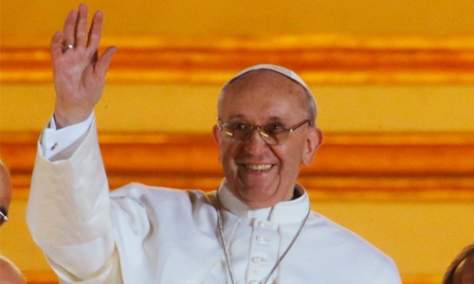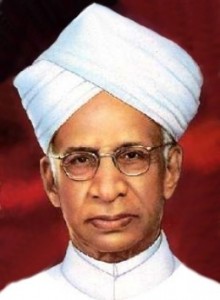.
.

Born in 1941, during World War II, I naturally have a fascination for the history of the Great War. Every time, I read about Adolf Hitler, the great dictator murdered more than 11 million people, including over one million children during the Holocaust, and his band of Nazis I look forward to coming across intriguing new viewpoints about the end of the Third Reich and the ultimate fate of its Führer.
According to popular consensus among historians, Hitler killed himself at the close of World War II. But, many unanswered questions, doubts, and uncertainties still linger about his death.
The perennial question: “Did Adolf Hitler commit suicide on April 30, 1945?” prompts those with even a modest knowledge of the history of World War II to pursue this issue even further. This question has also served as a catalyst for the prolific output of books and articles by conspiracy theorists.
Many historians claim that Adolf Hitler died of a self-inflicted gunshot while biting a cyanide capsule while Eva Braun committed suicide along with him by ingesting cyanide.
If we accept that Hitler committed suicide in April 1945, here again accounts differ about how he died:
- Hitler died from a lethal injection administered by his personal physician Werner Haase.
- Hitler died of a self-inflicted gunshot while biting a cyanide capsule while Eva Braun committed suicide along with him by ingesting cyanide.
- Hitler after shooting his wife Eva Braun swallowed a cyanide capsule and shot himself.
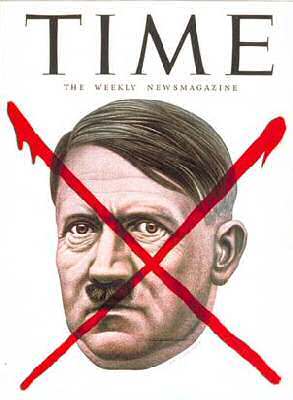
Cover of Time Magazine, May 7, 1945
An article written by Yorkshire war reporter Joe Illingworth in August 1945 casts doubt on events in the bunker, claiming that the Russians said there was no “convincing” proof of Hitler’s demise.
On September 26, 2009, the History Channel aired a documentary called Hitler’s Escape. For the making of the film, Connecticut archaeologist and bone specialist Nick Bellantoni flew to Moscow to inspect the Hitler trophies at the Russian State Archive which included the skull fragment with a bullet hole through it, which the Russians dug up outside the Führerbunker in 1946, as well as bloodstains from the bunker sofa on which Adolf Hitler and Eva Braun were believed to have committed suicide. The Russian government has been publicly claiming since 2000 that these articles belonged to Hitler.
“I had the reference photos the Soviets took of the sofa in 1945 and I was seeing the exact same stains on the fragments of wood and fabric in front of me, so I knew I was working with the real thing,” Bellatoni said.
Examination of the skull by Bellantoni revealed it belonged to a young woman and not that of the 56-year-old dictator. “The bone seemed very thin. Male bone tends to be more robust,” he said. “And the sutures where the skull plates come together seemed to correspond to someone under 40.”
Bellantoni applied cotton swabs and took samples for DNA tests during the one hour he was allowed with the Hitler trove. The swabs were then flown back to Connecticut. At the university’s Centre for Applied Genetics, Linda Strausbaugh, worked for three days on the samples sent by Bellatoni. “We used the same routines and controls that would have been used in a crime lab,” she said.
The DNA analysis revealed that the skull undoubtedly belonged to a female, and the only positive physical proof that Hitler had shot himself had suddenly been rendered worthless. The result of the DNA analysis reopened the mystery surrounding Hitler’s death. Many compelling questions resurfaced such as:
- Why did the Russians exhibit the corpse of Hitler’s double? Was it because they believed it to be the real Hitler?
- If Hitler allegedly shot himself in the right temple, then why did the Russians exhibit what is claimed to be Hitler’s cranium, showing a bullet hole in the back of his head?
- Why did the Russians refuse to allow their Western Allies to see Hitler’s presumed autopsy report?
- Was Josef Stalin, the Russian leader telling the truth when he told US President Harry Truman and others that Adolf Hitler had escaped from Germany?
- Why did Hitler’s plane land in Barcelona, Spain, on April 27, 1945, three days before the alleged suicide?
- Why did three German submarines, land at the coast of southern Argentina more than two months after the end of World War II?’
Many conspiracy theorists have rejected the accounts of suicide by Hitler as either Soviet propaganda or an attempted compromise to reconcile the different conclusions. According to every one of the conspiracy theorists, the investigations conducted by the American and Soviet armies at the fall of Berlin lead to the only conclusion that Hitler escaped alive and left Germany during the fall of Berlin, most probably on April 22, 1945.
If Hitler escaped from Germany, then where did he go, and how long did he survive? Some say there is evidence suggesting that Hitler may have fled to Indonesia, where he married and worked at a hospital in Sumbawa. However, the popular consensus among the conspiracy theorists is he fled to Argentina.
Present conspiracy theorists contend that evidence of Adolf Hitler’s suicide is flawed and that he did manage to escape from Germany. Simon Dunstan and Gerrard Williams, authors of the book ‘Grey Wolf: The Escape Of Adolf‘, claim that Adolf Hitler did manage to escape to South America. Their claim is more speculative and doubts have been raised about the validity of their conclusions. Guy Walters, the British author, novelist, historian, academic and journalist ridiculed the claims by the sensationalists as “2,000 per cent rubbish.”
I am not a professional historian. Still, from what I have read, I will describe to you in an abridged form, in my subsequent posts, of what happened in the Reichskanzlei-Führerbunker from January 16, 1945 to May 1, 1945.
.
.
.To be continued …
RELATED ARTICLES
- Death of Adolf Hitler – Part 1: The Reichskanzlei-Führerbunker (tvaraj.com)
- Death of Adolf Hitler – Part 2: Hitler retreats to the Reichskanzlei-Führerbunker (tvaraj.com)
- Death of Adolf Hitler – Part 3: Life in the Reichskanzlei-Führerbunker (tvaraj.com)
- Death of Adolf Hitler – Part 4: The Doubts About Loyalty to the Führer
(tvaraj.com) - Death of Adolf Hitler – Part 5: Hitler’s Marriage and Last Testaments (tvaraj.com)
- Death of Adolf Hitler – Part 6: Preamble to Suicide (tvaraj.com)
- Death of Adolf Hitler – Part 7: Suicide of Hitler and Eva Braun (tvaraj.com)
- Death of Adolf Hitler – Part 8: Burning the Bodies of Hitler and Eva Braun
(tvaraj.com) - Death of Adolf Hitler – Part 9: Suicide of Joseph Goebbels and His Wife (tvaraj.com)
- Death of Adolf Hitler – Part 10: Announcement of Hitler’s death to the outside world
(tvaraj.com) - Death of Adolf Hitler – Part 11: The Breakout from the Reichskanzlei-Führerbunker
(tvaraj.com) - Death of Adolf Hitler – Part 12: The Breakout by Martin Bormann
(tvaraj.com) - Death of Adolf Hitler – Part 13: What Happened to Hitler’s Body?
(tvaraj.com) - Death of Adolf Hitler – Part 14: The Fate of the Three Messengers
(tvaraj.com) - Death of Adolf Hitler – Appendix A: Adolf Hitler’s Private Testament (tvaraj.com)
- Death of Adolf Hitler – Appendix B: Adolf Hitler’s Last Political Testament (tvaraj.com)
- Death of Adolf Hitler – Appendix C: Marriage Certificate of Adolf Hitler and Eva Braun (tvaraj.com)
- Death of Adolf Hitler (en.wikipedia.org)
- Battle of Berlin (en.wikipedia.org)
- New book to present ‘startling’ evidence that Adolf Hitler escaped (famagusta-gazette.com)
- Did Adolf Hitler escape to Argentina, have daughters and die in 1962? (famagusta-gazette.com)
- Adolf Leipzig – Adolf Hitler may have lived up to 95 IN BRAZIL (O_O) (thembatimss86buthelezi.wordpress.com)
- Risible ‘Hitler fled to Brazil’ book makes headlines (timesofisrael.com)
- Hitler lived until 1962? That’s my story, claims Argentinian writer (theguardian.com)
- Historians Lied: Hitler Did Not Die In Germany (topinfopost.com)
- New Book Claims Proof That Vatican Helped Hitler Escape To South America (thecontroversialfiles.net)
- HITLER’S LAST DAYS – The hunt for Adolf Hitler (mi5.gov.uk)
- New evidence exposes Hitler’s secret refuge after World War II (tst.greyfalcon.us)
- SHOCKING EVIDENCE HITLER ESCAPED GERMANY (mobile.wnd.com)
- Tests on skull fragment cast doubt on Adolf Hitler suicide story (theguardian.com)
- The INCREDIBLE picture that ‘proves’ Adolf Hitler lived to 95 with his Brazilian lover (express.co.uk)
- Did Adolf Hitler escape from the Bunker after all? (open.salon.com)
- Tests on skull fragment cast doubt on Adolf Hitler suicide story (theguardian.com)
.


